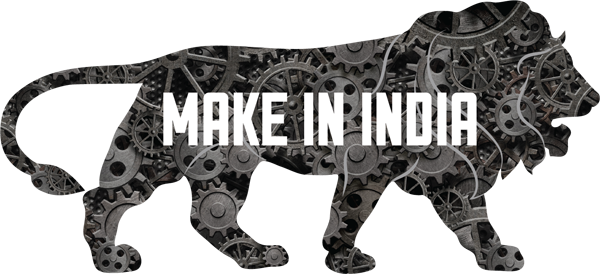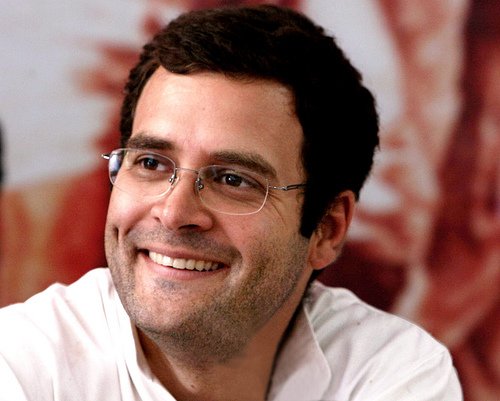
One of the points that I have often made in The Daily Reckoning is about close to 50% of Indians being engaged in agriculture generating around 18% of the Indian gross domestic product (GDP). What this clearly tells us is that agriculture is a low-income earning activity. It also tells us is that there are many more Indians employed in agriculture than there should be. And this can be made out from the fact that only 17% of Indians employed in agriculture, survive on money they make from it. The rest, have to do some other work along with working on the farm, in order to add to their meager income.
Hence, it’s a no-brainer to suggest that people need to be moved out from agriculture into other higher paying areas like industry and services. As TN Ninan writes in his new book The Turn of the Tortoise—The Challenge and the Promise of India’s Future: “Both productivity and incomes will go up substantially if more people can be moved from low-paying agriculture to higher-paying industry and services—a key transition the country has barely begun.”
The Make in India initiative of the Narendra Modi government should be seen in light of this. The programme envisages “an increase in the share of manufacturing in the country’s Gross Domestic Product from 16% to 25% by 2022” and “to create 100 million additional jobs by 2022 in manufacturing sector”.
One reason why this target at best remains a pipedream is because of the lack of education among Indians. The rate of literacy as per the 2011 Census stood at 74.04%. As this website points out: “Compared to the adult literacy rate here the youth literacy rate is about 9% higher. Though this seems like a very great accomplishment, it is still a matter of concern that still so many people in India cannot even read and write.”
The trouble with this literacy number is that it does not give you the whole picture. As per the Human Development Report 2014, the average Indian male has around 5.6 years of schooling and an average Indian female has around 3.2 years of schooling. Both Bangladesh and Pakistan are ahead of us. For Bangladesh, the numbers being 5.6 years and 4.6 years, respectively. For Pakistan, the numbers stand at 6.1 years and 3.3 years, respectively.
And this is where the plan to move people from agriculture to industry or services for that matter, starts to go haywire. As Ninan writes: “Acquiring job-related skills without the benefit of a basic education is a challenge—it is hard to be a fitter or an electrician at a construction site if you don’t know basic arithmetic and can’t read simple instructions on a product pack.”
What this means is that the Make in India plan cannot take-off beyond a point unless our primary education system starts to improve. Individuals need to spend more time in school receiving better quality education. As things stand currently not much is being learnt in schools.
In fact, surveys have pointed out that most children cannot read basic text. The Annual Status of Education Report facilitated by Pratham points out that only 48.1% of children enrolled in Class V could read standard II level text. This means more than half of children enrolled in standard V cannot read standard II level text. In fact, more than one-fourth of children enrolled in standard VIII could not read standard II level text. The report further points out: “The gap in reading levels between children enrolled in government schools and private schools seems to be growing over time.”
And this is a worrying factor. Further, moving people away from agriculture into other more productive domains is a time taking process. As Ninan writes: “Thailand, one of the most successful manufacturing countries, has those in agriculture continuing to account for 40 per cent of its workforce. China, despite its considerable success in building a factory sector, has 35 per cent of its workforce still engaged in agriculture, generating about 10 per cent of its GDP.”
The point being that “whether one likes it or not, the transition away from agriculture as the primary source of employment is going to be slow”.
So what is the way out? Ninan suggests that one way out is to increase productivity of Indian agriculture. “Paddy output per hectare [in India] at about 3.7 tonnes, is 20 per cent short of the global average and barely half of China’s. One reason is that Indian farmers are not using the latest strains of high-yield varieties (growing them is also more employment-intensive) or adopting new methods of cultivation that require less water. It’s the same with maize,” writes Ninan. If these numbers were increased India’s agricultural output would go up in the days to come, and so would the income of people dependent on agriculture for their living.
The problem here is that the size of farms over the decades has grown smaller. Take a look at the accompanying table from the annual report of Department of Agriculture and Cooperation 2013-2014.
 |
What does the table tell us? It shows very clearly that most farms are small in size and less than two hectares in area. 85% of the farms are less than two hectares in size and 67% of the farms are less than one hectare in size. And this doesn’t help the productivity cause at all.
As Mihir Sharma writes in Restart—The Last Chance for the Indian Economy: “Indian farms are tiny. Over 80 per cent of them are smaller than 2 hectares…And they are getting even smaller. They are just over half as big today, on average, as they were in 1970. Everywhere else in the world, farms have gotten bigger in the same period…Many people have been convinced that if there was just some way to increase agriculture’s share of output, some way in which all of agriculture received ‘support’, things would be better.”
Only if it was as simple as that.
The column originally appeared on The Daily Reckoning on October 20, 2015



